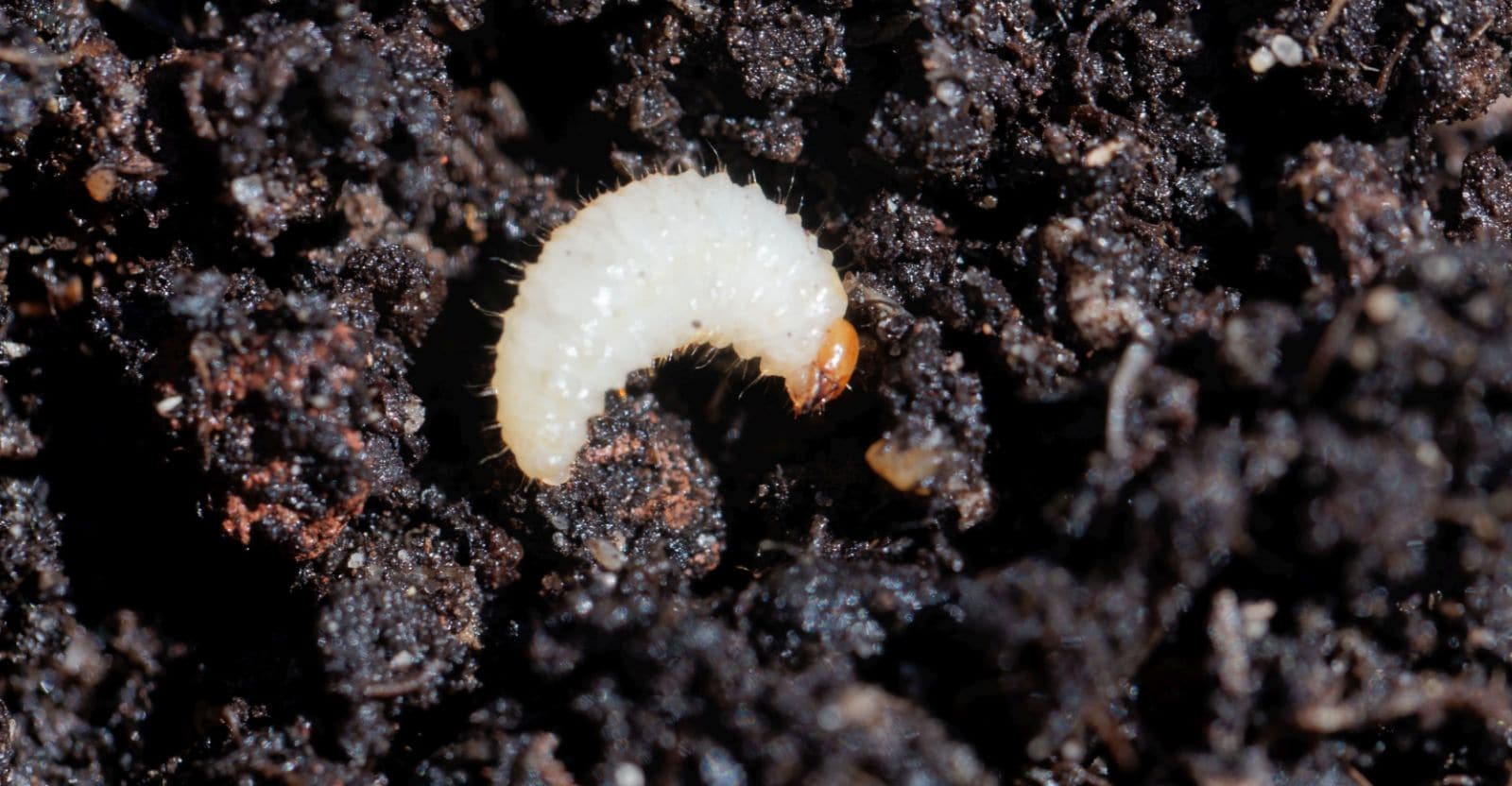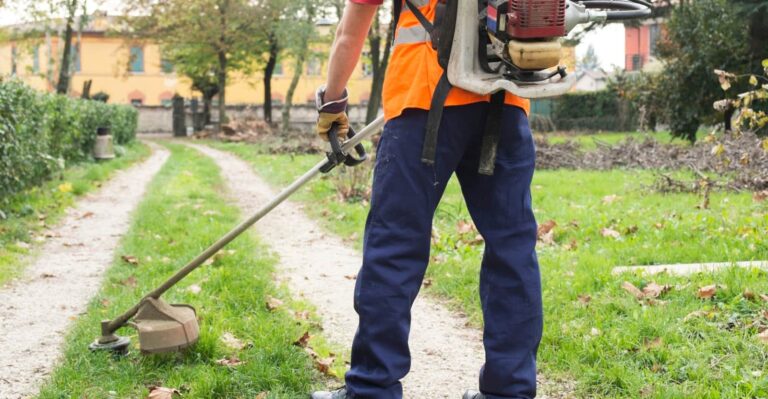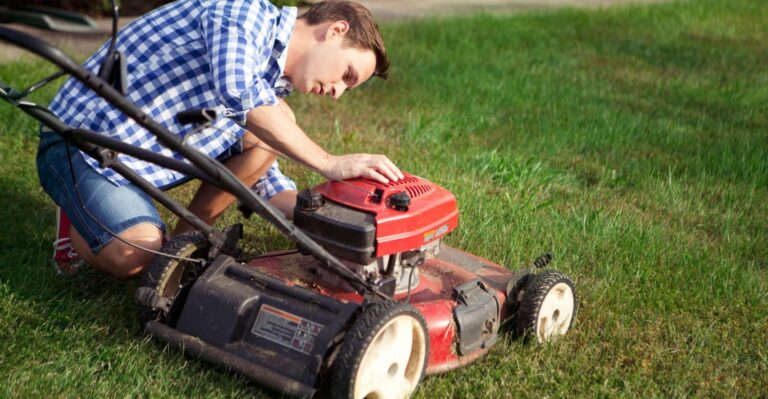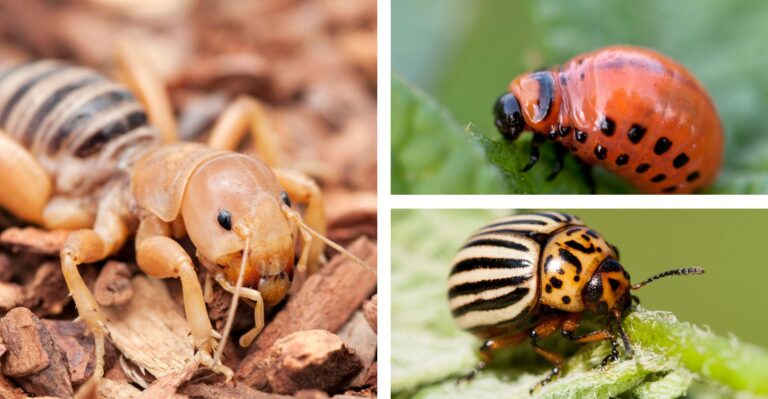Amazon has put together some great Home Gift Deals – save money and get your shopping done at the comfort of your home! Click here to see deals on Amazon
White bugs are a severe problem in the gardening world, and a gardener who doesn’t take them seriously can pay the price.
Whether you have discovered white bugs in the vegetable plants’ soil, in your favorite houseplant, or in the potting soil you just bought, you need to do something before they start to multiply.
A small white insect can be of any type that is notable for being white or light yellow. Some of the most common small bugs are aphids, whiteflies, grubs, thrips, and scales.
Some of these tiny white bugs in soil need to be dealt with immediately, as they all can spread disease to your garden plants and cost you a fortune in lost money.
Be particularly careful with the first two, as whiteflies and aphids spread viral plant diseases to your plants and can ruin your entire crop in a matter of weeks.
But in homes, not all bugs are harmful. This article has covered some harmless and beneficial bugs that you can leave alone in soil and others you must remove.
Let’s get started.
What are tiny white bugs in soils and houseplants?
If you have indoor plants and see tiny white bugs crawling in the plant container, you don’t need to panic.
You need to identify these bugs to make an effective plan to get rid of them.
Here is a list of the most common bugs found in soil.
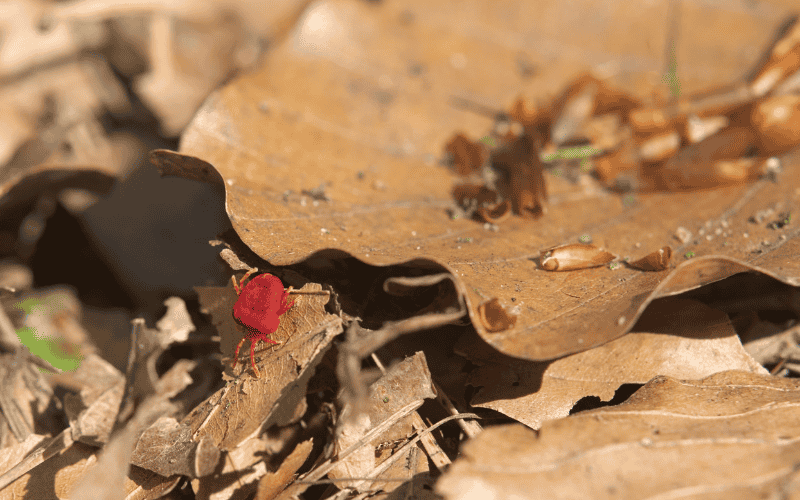
Soil Mites
Soil mites are tiny insects that thrive in a layer of soil. These are very small and often difficult to notice. In a big cluster, they may be hard to ignore.
These aren’t harmful insects as they help improve soil fertility by breaking down organic matter from the dead plant for the decomposition process and releasing nutrients to plants.
There are more than 80 thousand varieties of soil mites found all over the world. The most predominant ones are
Mesostigamata: Predator soil mites that feed on other soil insects
Oribatid mite: Found in decaying organic matters such as compost
Astigmata: Found in nitrogen-rich debris
Prostigmata: Found in all types of soil and natural predators
So, to answer the question, “are soil mites harmful”?
The answer is “no”, soil mites are not harmful and they are beneficial to the soil and indoor potted plant. These won’t harm your plant, and you can leave them alone to help maintain the soil nutrient.
People get confused about soil mite identification with spider mites, but they’re different insects.
Grubs
Grubs are white larvae of several different types of beetles. These have soft skin and multiple legs. They feast on organic matters in the soil and the plant grassroots.
You should remove these from the soil as they cause damage to the plant roots.
Whiteflies
Whiteflies are small garden pests with a soft body and resemble arthropods, aphids, and mealybugs closely. These like to live in clusters and are highly active during the day.
Whiteflies usually don’t live inside the soil but like to stick to the plant. Sometimes they fall off from the plant and walk on the soil.
You should get rid of whiteflies as they cause plants to become wilt with stunted growth. If you see whiteflies in the soil, look closely at the plant.
They like feeding on the plant’s new growth and checking the underside of leaves. Often you will find whiteflies eggs that you should remove.
Springtails

Springtails are tiny jumping insects that live in the soil and feed on dead organic matter such as leaves and decaying trees. Springtails don’t do any noticeable damage to growing plants, and they have a short life span.
Due to their small size, they’re often invisible in plant soil, and they don’t bite or sting. Springtails are harmless to humans and pets, but it may bother to see them crawling on patios, decks, and inside the house.
Mealybugs

Mealybugs are another soft body wingless parasite that feeds on plants and leaves sticky substances on them. They have a white cotton layer on them and often move from one plant to another.
Infected plants with mealybugs have these insects crawl on the soil. Mealybugs grow very fast and lay eggs to produce small nymphs called crawlers.
They aren’t harmful to humans or pets, but they do cause significant damage to plants. You should take the preventive steps we discussed later in the article to get rid of mealybugs.
Fungus Gnats
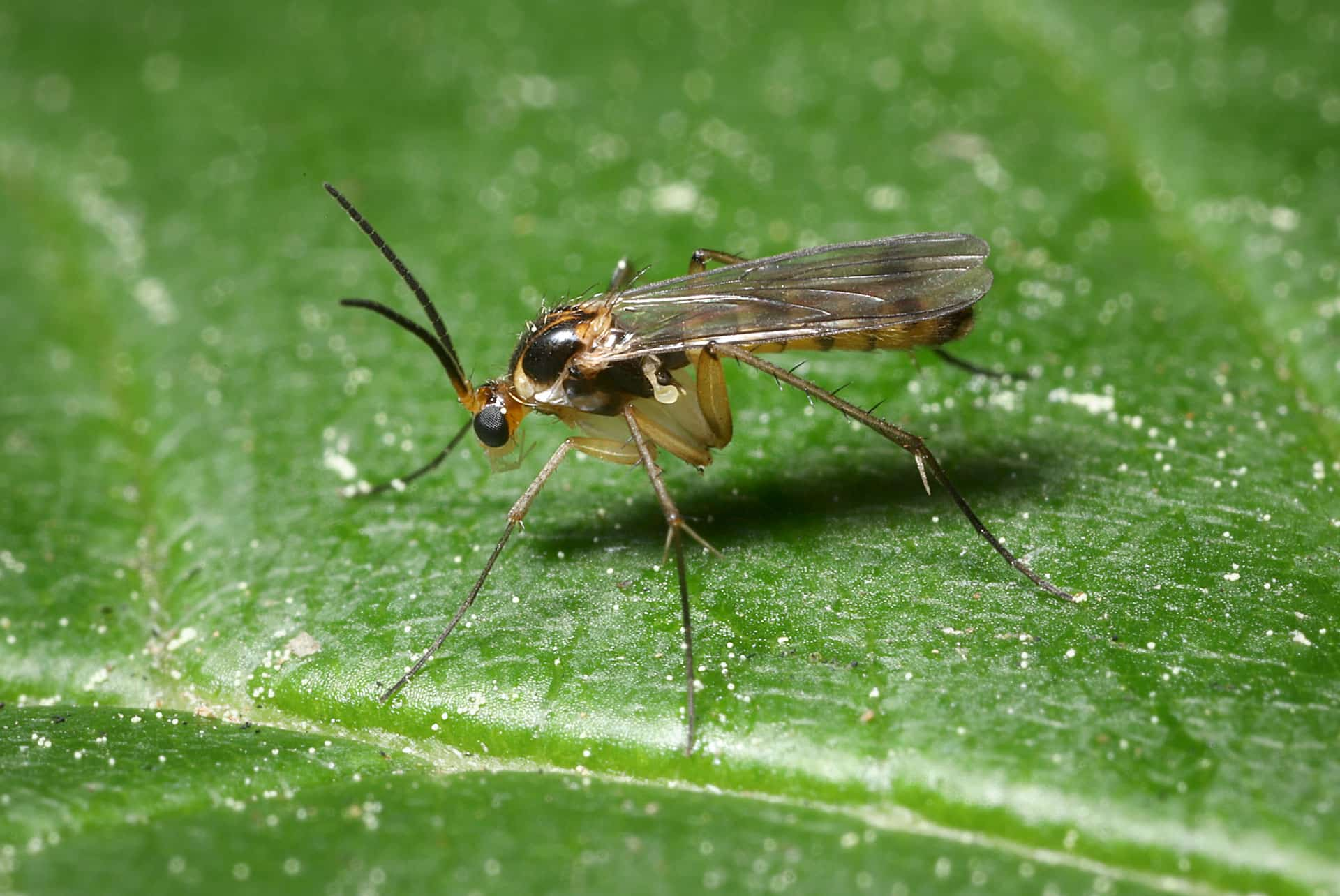
Fungus gnats are small size insects with a semi-transparent body and blackhead. These are often found in the moist soil or potting mix, and they hide under the ground.
Fungus Gnats lay eggs in the soil and thrive on decomposing organic matters. These are harmless critters to humans as they don’t bite or spread disease.
But it reproduces quickly, and fungus gnat larvae cause damage to the plant as it feeds on the plant’s root that weakening the plant.
How do you get rid of white mites in soil?
When it comes to getting rid of white mites in soil, there are different approaches that you can take. It’s vital that you first identify the insect before you start the treatment.
You may consider not disturbing some beneficial insects, such as soil mites, that are predators to harmful insects in the soil. But other insects that cause damage to the plants should be removed.
Let’s find out some ways you can get rid of white mites.
Remove decaying matter
As soil mites and other bugs thrive on decaying matter, the easiest way to get rid o them is to remove their feeding source.
Keeping your place clean and free from decaying organic matters such as fallen leaves, branches, and compost helps keep mites away.
If you’re making compost, you can use a covered bin that prevents these mites from getting out and spreading all over the place.
Wash plant with water
When you find insects on fruit and vegetable plants, you can spray water on them with a soaker hose to dislodge and remove them altogether.
Check the underside of leaves to remove any eggs. When spraying the plant with water, isolate the plant not to take a chance to infect other surrounding plants.
Homemade natural pesticide
You can make homemade natural pesticides to remove bugs from your soil. These are inexpensive and environment-friendly ways to control the bug population on the ground.
There are different recipes for making homemade pesticides by using neem oil, dish soap, vinegar, garlic, or cinnamon. You may have to repeat the process several times till you get rid of these insects.
Neem oil
Horticultural oil, especially neem oil, is beneficial for Mealybugs and Whiteflies living on plants and soil. It’s non-toxic to pets and safe to use on most plants.
You can buy neem oil-made insecticide from an online store or local shop and apply it once a week on the plants to kill insects. We found Organic Neem Bliss to be reasonably priced and effective in killing soil insects.
Dish soap
The use of liquid dish soap, such as Dawn dish soap, and mixing it with water to spray on plants are a great way to control insects. You can use these homemade insecticidal soaps to kill pets on indoor and outdoor plants.
The insecticidal soap works by damaging the small soft outer skin of bugs that causes them to dehydrate and die. You can also mix dish soap with alcohol when dealing with houseplant bugs.
Vinegar
Vinegar is highly effective in controlling pest infestation. The best is to use apple cider vinegar as it’s highly effective on soil bugs.
You can mix one tablespoon of vinegar with two quarts of water. For long-lasting effectiveness, you can also add a few drops of dish soap. Spray it over the plant where you see insects and around the soil surface.
Garlic
Garlic is a very effective insecticide that is also easy to make. You can take 5-6 garlic cloves and crush them lightly to drop them in 1 gallon (3.79 l) of water.
Let the solution stay for 48-72 hours, so garlic juice gets extracted in the water. You can fill it in the spray bottle and gently spray it over the soil and plants.
You can leave the door and windows open if you’re spraying it on an indoor plant to prevent the garlic smell from permeating inside.
Cinnamon
Cinnamon has antibacterial properties and is used for medicinal purposes. You can use it to make DIY pesticides.
Take one teaspoon of cinnamon powder and mix it in 4 cups (0.95 l) of water and leave it for 24 hours. Fill the mix in a spray bottle and spray it over the soil and plants two times a week.
Often you can get rid of bugs in a single application, but if needed, you can repeat the process till you remove all insects.
Hang Yellow Sticky Tape

You can remove soil insects by hanging yellow sticky insect tapes around the plant. These insects get attracted to the bring yellow color and stick to the tape. It’s a cheap and effective way to control bugs in the soil.
You can try Gideal Dual-sided stick traps that are highly effective in catching Fungus Gnats, Whiteflies, Aphids, and several other insects.
Repotting
If you find too many insects in the soil that it becomes hard to get rid of, repotting is the last resort. You should prepare the fresh potting soil for the dirt and carefully dispose of the soil that contains bugs.
You should tie up the bag to prevent any flying insect from getting out of the soil. Wash the container with clean water and refill it with newly bug-free potting soil. Carefully replant it and place it at a location where it doesn’t get exposed to bugs.
Chemical Insecticides
You can buy insecticides to kill bugs in the soil and on the plant. There are commercial insecticides available online or from local gardening centers that kill soil mites and other insects.
You should be careful while applying insecticide and follow proper safety procedures during the application. Improper use of insecticide may cause you to be sick, and don’t forget to wash your hands after each use.
How can you prevent white bugs from returning to the soil?
After you have gotten rid of these white bugs from plants and soil, you want to prevent them from returning. Here are some ways to stop them.
Inspect new plants before bringing them home
If you’re buying a new plant from the garden center or ordering it online, you must scrutinize the plant. Check the stem and leaves of plants and identify any eggs or the presence of insects on the plants.
Most of these insects are fast breeders, and the presence of a few insects will cause their population to explode in a few days. You should isolate and remove any insects from new plants.
Isolate the plant before placing it close to other plants
Often these insects are tiny and hard to see with naked eyes. You can isolate the new plant for a few days and carefully observe bugs’ signs before placing it close to other plants.
Don’t overwater the plant
Plants need water, but overwatering makes the condition favorable to insects and pests. Often overwater causes root rot or generates fungus that causes the plant to decay and invites insects.
You should follow the proper watering schedule for your plant. Maintaining a dry top layer in the soil helps with aeration and prevents root rot.
Use compost bin
If you’re making organic compost, you shouldn’t leave it in the open. Most of these insects thrive on decaying organic matter, and compost piles become breeding grounds for these bugs.
You should use a compost bin to stop these bugs from getting inside or spreading further to other plants. It’s preferable to use a covered compost bin to prevent the spread of these insects.
What Next
Now you know how to identify these white bugs and the steps you can take to control them. There are some beneficial bugs that you should leave in the soil. These bugs keep the ground fertilized and help with the growth of plants.
You can get rid of other insects as they’re harmful to the plant and becomes an annoyance for indoor plants. You can use DIY pesticides or order BioAdvanced Complete Insect Killer for Soil that we found to be effective in killing annoying bugs from your home.
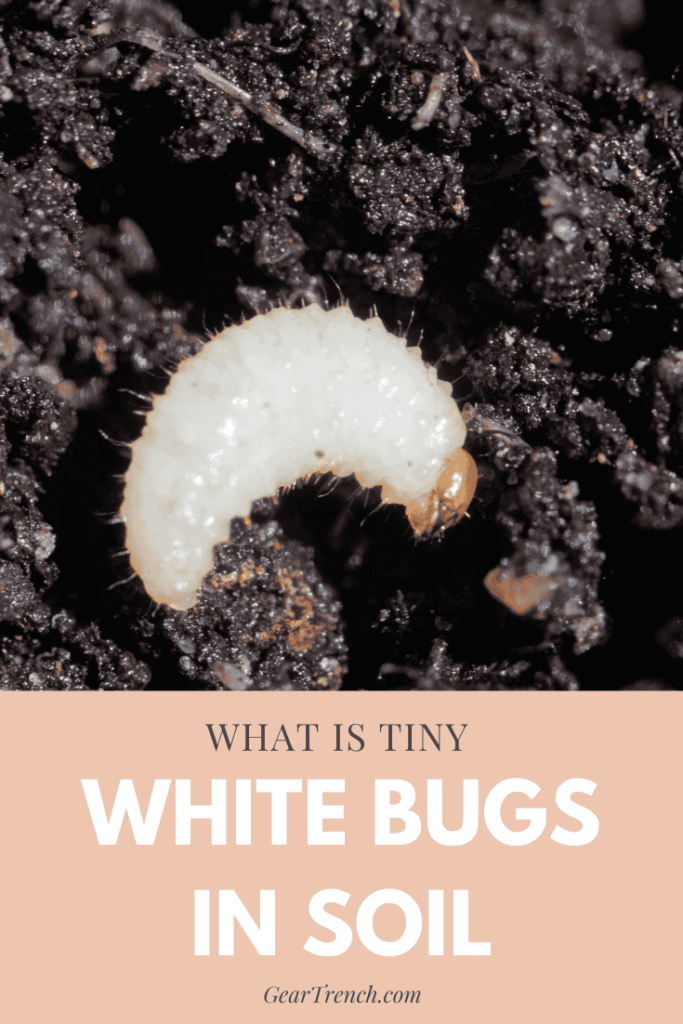
Don’t forget to share this post

